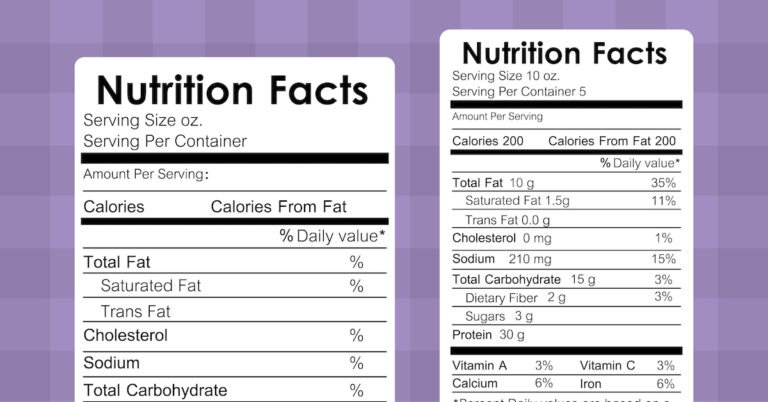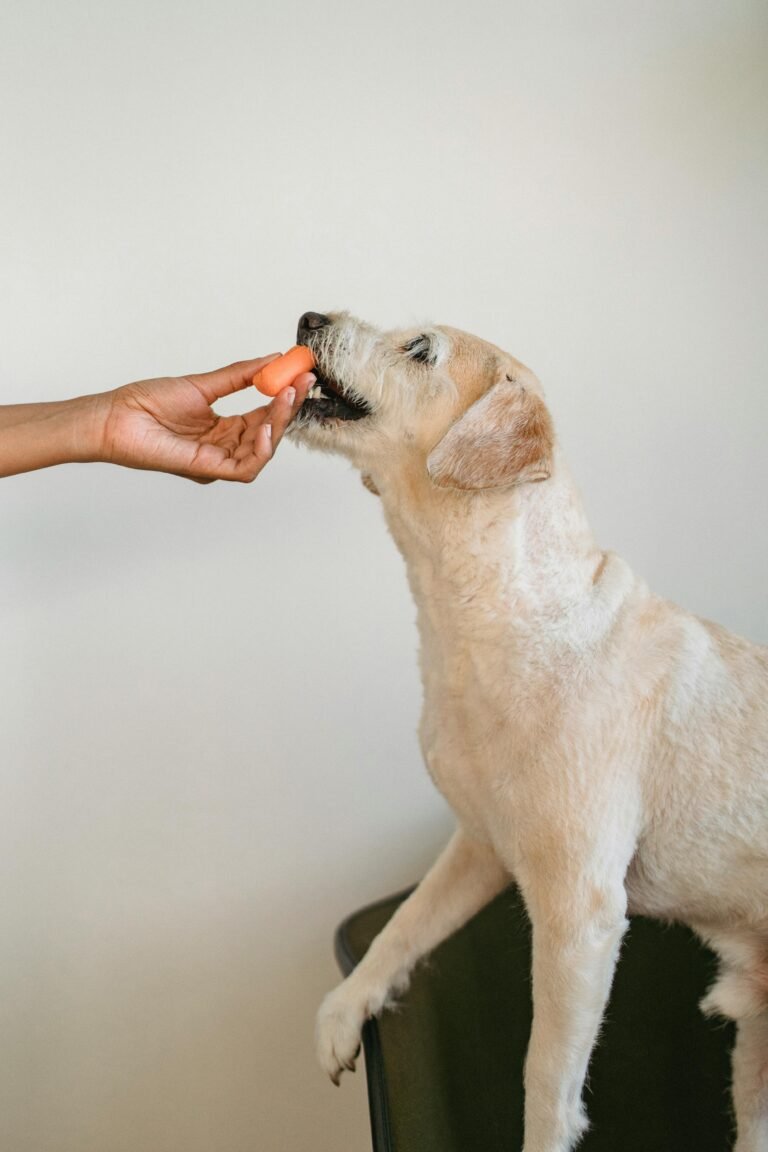Introduction
Is your dog constantly scratching, licking their paws, or dealing with upset stomachs? You’re not alone. Food allergies are one of the most common (and misunderstood) causes of chronic discomfort in dogs. The challenge? Symptoms often look like other problems — from seasonal allergies to anxiety. Understanding how food allergies work, spotting the early signs, and identifying safe dietary alternatives can make a world of difference in your dog’s daily comfort and long-term health.
What Exactly Is a Food Allergy?
A food allergy occurs when your dog’s immune system mistakes a particular ingredient — usually a protein — as a threat. The body responds by releasing histamines and other chemicals that cause inflammation, itching, and digestive distress. Unlike food intolerance (which affects digestion only), a true allergy involves the immune system and often produces skin symptoms too.
- Allergy: Immune response — leads to itching, redness, or ear infections.
- Intolerance: Digestive reaction — causes gas, bloating, or diarrhea.
Common Signs of Food Allergies in Dogs
Allergy symptoms can appear suddenly — even after years of eating the same food. Watch for these telltale signs:
- Persistent itching or scratching (especially around face, paws, belly, and ears)
- Red, inflamed skin or chronic ear infections
- Excessive licking or chewing on paws
- Frequent gastrointestinal upset — diarrhea, vomiting, or gas
- Hair loss or dull, flaky coat
- Recurrent anal gland issues (a surprising but common symptom)
Pro Tip: If your dog’s symptoms worsen at consistent times of the year, it could be environmental allergies instead of food — or a mix of both.
Top Food Allergens for Dogs
Most canine food allergies stem from a small group of common ingredients — often the proteins and grains used most frequently in commercial diets.
- Proteins: Beef, chicken, lamb, dairy, and eggs are the top culprits.
- Grains: Wheat, corn, and soy can cause reactions in some dogs.
- Additives: Artificial colors, preservatives, or flavorings can worsen sensitivities.
Pro Tip: Ironically, the more common a protein is in dog food, the more likely it becomes an allergen — simply because your dog’s immune system has more exposure to it.
Diagnosing a Food Allergy: The Elimination Diet
The only reliable way to identify a food allergy is through an elimination diet. This process involves feeding your dog a simplified diet — one protein and one carbohydrate source — for 8 to 12 weeks, then slowly reintroducing other foods to identify the trigger.
- Choose a novel protein: Something your dog hasn’t eaten before, like duck, venison, kangaroo, or fish.
- Pick a simple carb: Sweet potato, pumpkin, or quinoa work well.
- Feed exclusively: No treats, flavored meds, or table scraps during the test period.
- Monitor results: Skin and digestion should improve within 4–6 weeks if the allergen is removed.
- Reintroduce gradually: Add one ingredient at a time, watching for reactions.
Pro Tip: Patience is key — allergies take weeks to calm down, even after removing the culprit.
Hypoallergenic and Limited Ingredient Diets
For busy pet owners, commercial limited ingredient diets (LIDs) or hydrolyzed protein formulas can simplify allergy management.
- Limited Ingredient Diets: Contain fewer components (usually one protein, one carb) to minimize risk — ideal for mild to moderate sensitivities.
- Hydrolyzed Protein Diets: Use proteins broken down into tiny molecules that the immune system doesn’t recognize as allergens — best for confirmed allergies.
Pro Tip: Look for foods with clear labeling — avoid blends with vague terms like “meat meal” or “animal fat.” Consistency and transparency matter most for allergic dogs.
Smart Ingredient Swaps
Once you identify your dog’s trigger foods, swapping in gentler, novel ingredients can help maintain a balanced diet without flare-ups. Here are some simple replacements:
| Common Allergen | Better Alternative |
|---|---|
| Beef | Duck, venison, or fish |
| Chicken | Turkey, rabbit, or kangaroo |
| Wheat or Corn | Oats, brown rice, or quinoa |
| Dairy | Goat milk, coconut yogurt, or lactose-free alternatives |
| Eggs | Fish or plant-based protein like lentils (in moderation) |
Supporting Gut Health During Recovery
Allergies can damage the gut lining, making dogs more reactive over time. Healing the digestive system is just as important as removing the trigger.
- Probiotics: Rebuild healthy gut bacteria to strengthen immunity.
- Digestive enzymes: Aid nutrient absorption and reduce bloating.
- Omega-3 fatty acids: Combat inflammation and soothe irritated skin.
- Bone broth: A gentle, nutrient-rich food that supports gut healing.
Pro Tip: Reintroduce supplements slowly — too many changes at once can confuse the diagnosis process.
Preventing Future Allergic Reactions
- Rotate protein sources every few months to avoid developing new sensitivities.
- Keep meals simple — fewer ingredients mean fewer potential allergens.
- Track your dog’s reactions in a food journal.
- Stick to natural, minimally processed treats that match your dog’s current protein source.
When to See a Vet
If symptoms persist even after dietary changes, it’s time for professional help. Your vet may recommend:
- Blood or saliva tests for potential allergens (though not always 100% accurate)
- Prescription hydrolyzed diets for severe or chronic allergies
- Antihistamines or topical treatments to relieve itching during transition periods
Pro Tip: Always work with your vet before making major diet shifts — especially if your dog has underlying conditions like pancreatitis or kidney disease.
Conclusion
Food allergies in dogs can be frustrating, but they’re completely manageable with the right strategy. By understanding common triggers, using elimination diets wisely, and focusing on gut health, you can help your dog live itch-free and full of energy. Remember — the goal isn’t just avoiding allergens; it’s building a balanced, nourishing diet that supports long-term wellness. When your dog’s food works for them instead of against them, every meal becomes an act of love.






